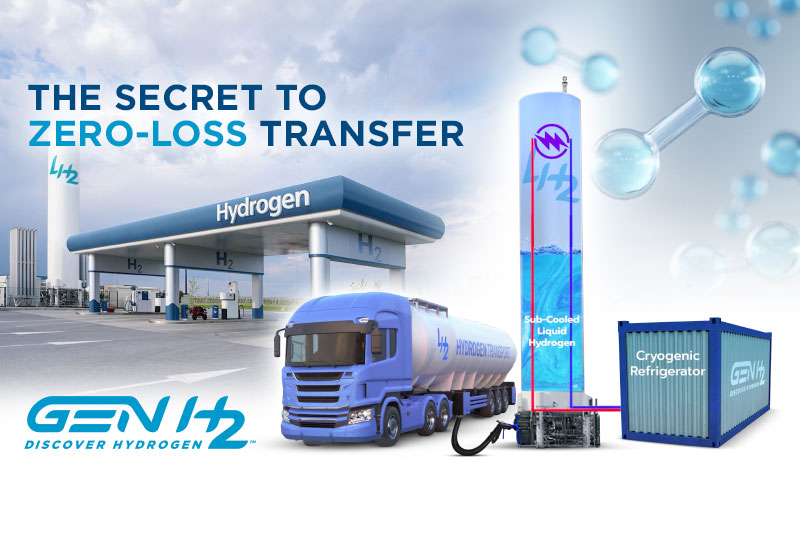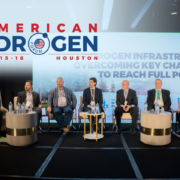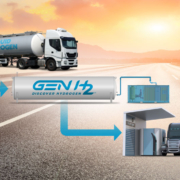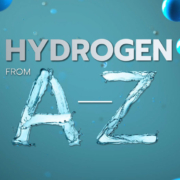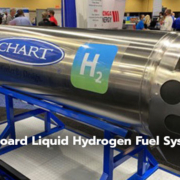The Secret to Zero-Loss Transfer
By: GenH2 Staff
Read Time: 3 minutes
With environmental awareness rising across the globe, renewable energy carriers such as hydrogen are becoming a focus in many areas of research and government policy. Liquid hydrogen offers the highest energy density and purity but requires special storage and transfer procedures to control the molecule and minimize loss. Current efforts to limit hydrogen loss during transfer are essential for global adoption. To achieve this goal, transfer systems must reach a state of zero-loss to maximize efficiency and resource retention. By reducing or eliminating loss, energy costs are reduced to improve feasibility to justify adoption and infrastructure buildout. Being an essential part of the hydrogen value chain, limiting loss during transfer is imperative in the transition to clean energy.
During the space shuttle program, inefficiencies were identified that led to the loss of almost 50 percent of the liquid hydrogen purchased. Many of the losses occurred during the transfer of the molecule. Since global adoption relies on lower prices, developing cost-effective technologies that retain hydrogen is a top priority. To prevent the loss, it is important to gain an understanding of typical ways hydrogen is lost in the value chain.
Liquid Hydrogen Transfer Loss
Throughout the refueling process, significant hydrogen losses occur due to three primary reasons:
- 1% Daily Loss – up to one percent of liquid hydrogen is lost daily due to normal evaporation that occurs in a typical (passive) storage tank as the molecule warms, becomes gaseous, and vents.
- 13% Offload Loss – up to thirteen percent of previously purchased liquid hydrogen is lost while transferring the molecule from the tanker truck to the bulk tank. An eruption occurs causing additional evaporation. This eruption and increased liquid hydrogen in the tank forces venting to relieve the gaseous hydrogen pressure.
- 3% Dispensing Loss – cavitation in the liquid pump can cause up to 3 percent hydrogen loss per day during the dispensing operations.
The losses described above represent a single refueling station situation. The losses can compound exponentially as additional stations are added to the infrastructure system. According to the National Institute of Standards and Technology, the blowdown of an 18,000-gallon bulk liquid hydrogen storage tank at a pressure of 50 PSIG and 25 percent full will result in over 300 kilograms of vented hydrogen gas.
As stated earlier, it is critical to understand the points of loss so solutions can be identified to minimize or eliminate loss. The key to preventing or minimizing energy loss is cryogenic as liquid hydrogen operates best at extremely cold temperatures.
Liquid Hydrogen Zero-Loss Transfer
The best way to mitigate transfer losses is to use a refrigerated storage system (active) where the liquid will remain sub-cooled. The sub-cooling eliminates the need for venting as it prevents evaporation. Additionally, with a refrigerated storage system, the liquid will remain sub-cooled, which will eliminate the vapor eruption during bulk tank fills and will prevent the loss of previously purchased hydrogen. Finally, daily losses that typically occur during dispensing operations are prevented. If small amounts of hydrogen evaporate during dispensing transfer, the vapors are recirculated back to the cold tank and immediately become liquefied.
GenH2 offers zero-loss transfer systems developed based on proof of concepts from NASA. With a refrigerated storage system, the liquid hydrogen remains in a liquid state, so there is no gaseous buildup to vent during transfer. Additionally, there is no daily loss of hydrogen and no loss when the liquid is transferred to the end use. Continued advances in zero-loss technologies will ensure that the future of hydrogen benefits both people and the planet.
Watch the Secrets of Hydrogen Transfer Explainer Video to learn more about potential losses of hydrogen and prevention.
